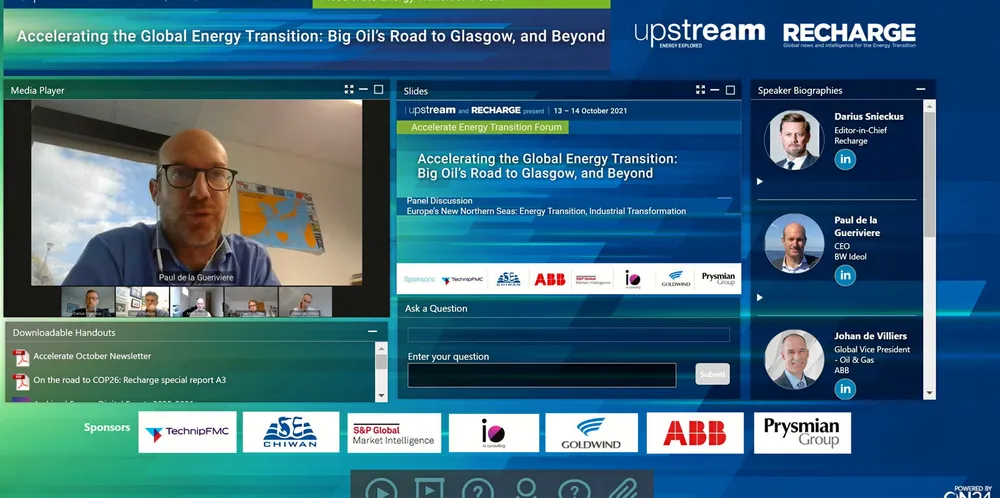Skills, steel and data-sets: 'The death of North Sea oil will serve the birth of new energy'
Recharge roundtable told valuable legacies from fading fossil sector can help speed transition to renewables and hydrogen in one of the world's largest energy basins
